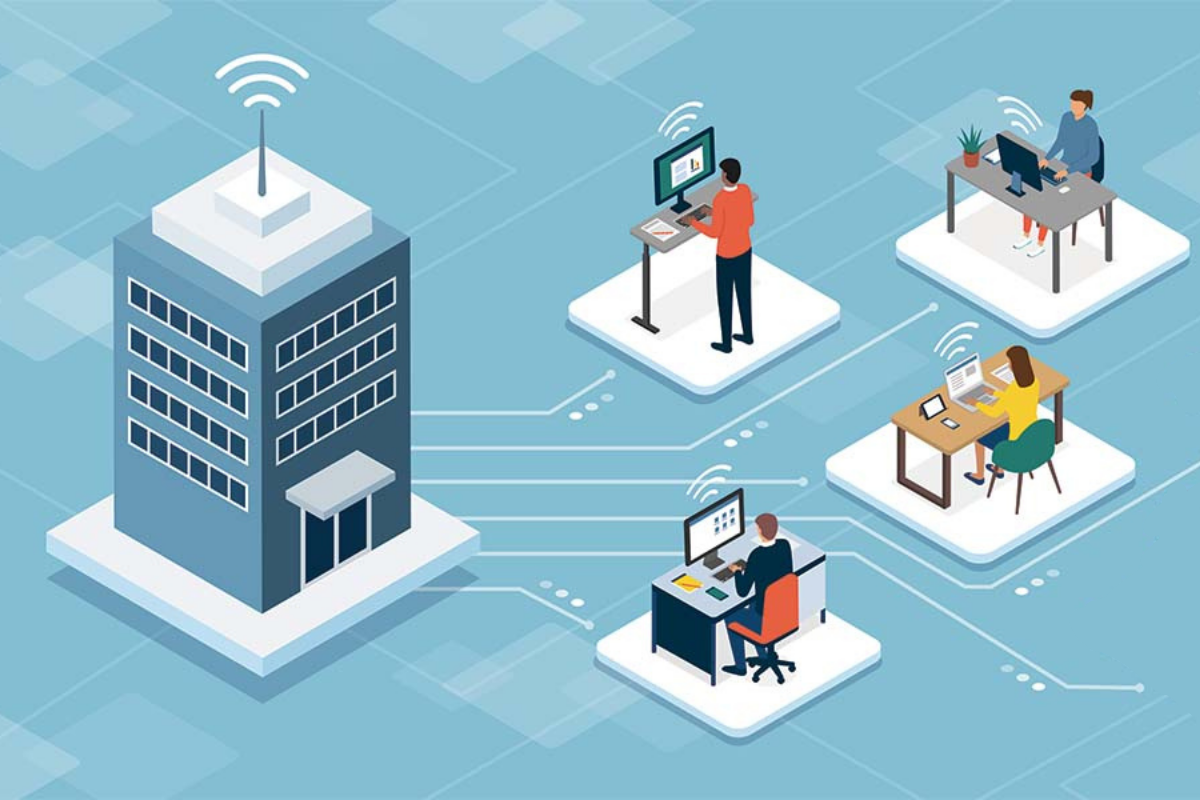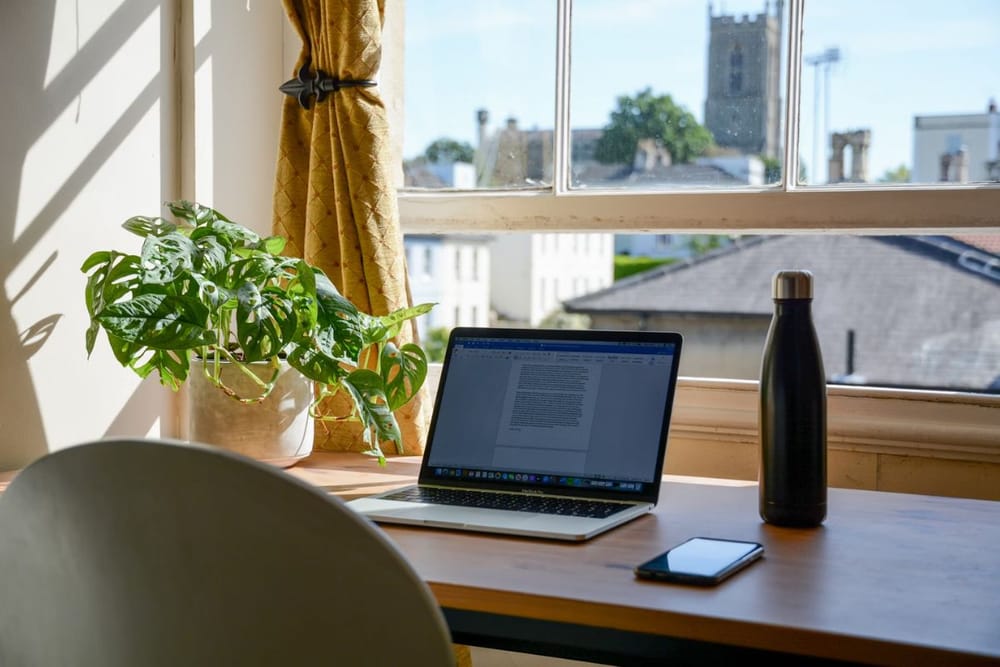In recent years, the Work From Home (WFH) culture has become increasingly prevalent, revolutionizing the traditional office-based work environment. This shift, fueled by technological advancements and further accelerated by the COVID-19 pandemic, offers numerous benefits, including the elimination of commutes, enhanced flexibility, and the comfort of working from your own space. However, this new normal also brings its unique challenges, particularly in maintaining a healthy work-life balance - something many are still unaware of, especially those who are actually living it.
One of the primary issues that remote workers face is the blurring of lines between professional and personal life. When your home doubles as your office, it's easy to find yourself constantly 'plugged in,' making it challenging to switch off from work mode. This continuous engagement can lead to a range of issues, including increased stress, burnout, and a detrimental impact on personal relationships and mental health.
To navigate these challenges effectively, it's crucial to establish boundaries. These boundaries can be physical, such as designating a specific area in your home exclusively for work; emotional, which involves setting limits on work-related stress and not letting it invade your personal life; and mental, which includes managing your workload and not letting it overwhelm your thoughts during off-hours.
This article aims to provide practical strategies for creating these boundaries, trying to provide a healthier and more balanced work-life experience from home. We'll explore various approaches to help you manage your time, space, and mental health, enabling you to reap the benefits of remote work while avoiding its pitfalls.
How to Boost Well-Being in a Remote Work Environment?
Creating boundaries for a healthier work-life balance while working from home is essential for maintaining productivity, mental well-being, and personal happiness. Here are some strategies to achieve this:
1. Designate a Specific Workspace
Creating a designated workspace in your home is a crucial step in establishing a physical boundary between your professional and personal life. This can be a separate room, a specific desk, or a quiet corner dedicated solely to work-related activities. The key is to have a space that your brain associates with work, helping you to switch into work mode when you're in that space and, just as importantly, to switch off when you leave it. This separation ensures that work doesn’t encroach on your personal life, helping to maintain a clear distinction between the two.
2. Set Fixed Working Hours
Maintaining fixed working hours is akin to replicating the structure of a typical office day. Define and adhere to specific start and end times for your workday, and make sure these are communicated to your team and superiors. This practice not only establishes a routine that can enhance productivity but also sets clear expectations with your colleagues, preventing work from bleeding into your personal time. It reinforces the notion that your time outside of these hours is your own, to be used for rest, recreation, or personal pursuits.
3. Use Technology Wisely
Leverage technology to reinforce your work-life boundaries. This includes setting 'Do Not Disturb' modes on devices, using separate user accounts for work-related activities, and turning off work notifications once your workday is over. Such practices help in minimizing the temptation and possibility of engaging with work during your personal time, thereby allowing you to truly disconnect and rejuvenate.
4. Schedule Breaks and Personal Time
Intentionally scheduling breaks and personal activities is vital. Utilize calendar applications to block out time for lunch, short breaks, and the end of your workday. Moreover, plan enjoyable activities for after work to give yourself something to look forward to. Regular breaks and well-defined personal time are essential for relaxation and prevent the fatigue that comes from prolonged work sessions, ultimately enhancing your overall productivity and well-being.
5. Communicate Boundaries Clearly
It’s important to be upfront with your colleagues about your availability and limits. Clearly convey your working hours, times when you’ll be taking breaks, and periods when you are not available. This practice helps prevent misunderstandings and fosters a culture of mutual respect for personal time among team members, ensuring that everyone’s boundaries are acknowledged and maintained.
6. Prioritize Physical and Mental Health
Your physical and mental well-being should be a priority, especially in a work-from-home setup. Incorporate activities like regular exercise, healthy eating, and mindfulness practices into your daily routine. Don’t hesitate to use paid time off for mental health days or vacations. By focusing on your health, you can maintain a high level of focus and energy during work hours, which reduces stress and prevents burnout.
7. Utilize Time Management Techniques
Effective time management is key to ensuring that work tasks are completed within the designated hours. This can involve using to-do lists, setting specific goals, and allocating dedicated time slots for different tasks. Avoid multitasking and try to minimize distractions to enhance focus. Efficient time management leads to a more productive workday and ensures that your personal time remains free for other activities.
8. Create End-of-Day Rituals
Developing end-of-day rituals can help signal the transition from work time to personal time. These rituals could include a short walk, tidying up your workspace, or engaging in a relaxation exercise. Such practices help you mentally disengage from work, allowing you to enjoy your personal time fully and maintain a clear separation between professional responsibilities and personal relaxation.
9. Set Boundaries with Household Members
It’s essential to establish work-life balance guidelines with your family or housemates. Communicate your work schedule clearly and set ground rules for interruptions and noise levels during work hours. This helps in minimizing domestic distractions, leading to enhanced concentration and productivity during your work hours.
10. Embrace Flexibility When Necessary
While maintaining these boundaries is crucial, it’s also important to be flexible when needed. Life is unpredictable, and occasionally, urgent work tasks or personal emergencies may require a temporary adjustment in your schedule. The key is to allow for this flexibility without letting it become a regular occurrence, thereby managing unexpected demands without significantly disrupting your overall work-life balance.
By following these strategies, you can create a harmonious and productive work-from-home environment that respects both your professional responsibilities and personal needs.
Also Read:















